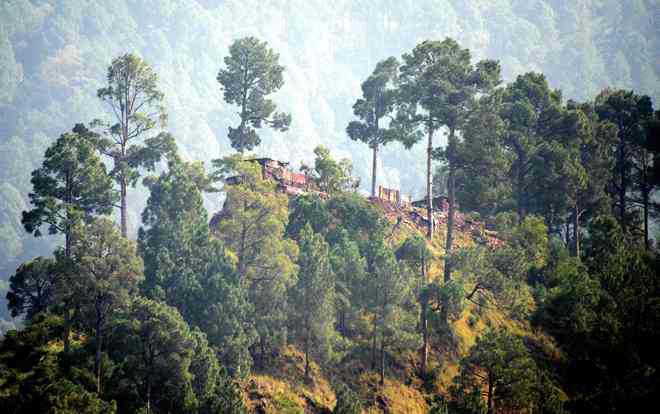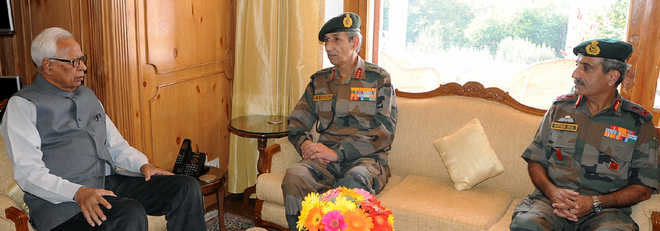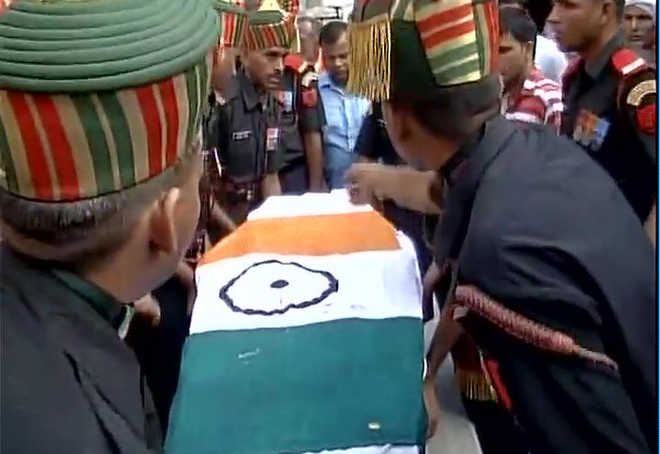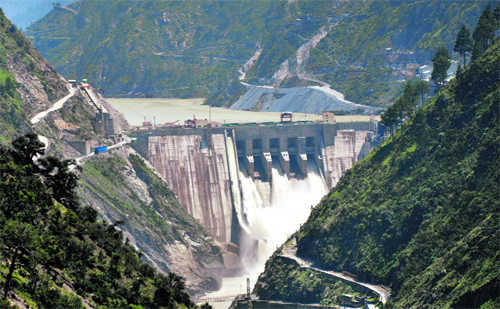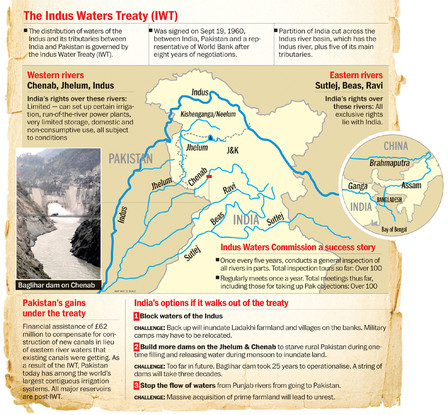At the outset, to term these actions by terror groups as attacks is to give military legitimacy to them. These actions are mere sneak attempts by suicide attackers who are willing to die in the course of their action. Predictability is low and the aim is to create a splash with whatever can be achieved.
Baramulla can be classified as a knee jerk response with poor planning so as to cause casualties, divert attention, impose caution and thereby seek time for a more professionally planned and executed set of events which are likely to follow. It needs to be known that preventing a sneak attempt is always difficult because every part of the perimeter is not manned.If a penetration does occur damage control must be swift.
The unfortunate thing is that India quickly forgets its past experience. This is exactly what happened in 1999 in the wake of the Kargil operations and the forced retreat of the Pakistan army to the PoK side of the LoC. A small team of Pakistani terrorists (rarely , if ever, are local Kashmiris involved) staked out various camps, identified their weaknesses and routine and then attempted a forced or sneak entry . Dressed in fatigues as they are, it is always difficult to identify friend or foe.They awaited an opportunity and then unleashed heavy fire, holding out till as late as possible until they were neutralised but not without having inflicted a couple of casualties. In many cases they were eliminated at the entry point itself, their deception having failed.
Who were these terrorists at that point of time? Many were death row convicts from the jails of Western Punjab and many simply HIV patients. They were tempted with fat sums of money for their families and motivated to do something for the faith and for the families as they were anyway on the path of doom.
A common modus operandi was to steal a car or better still an official government vehicle and use it as a decoy .In one case they almost made a successful entry into Srinagar airport by using a forest department vehicle and placing it behind a minister’s motorcade.
`Fedayeen’, the term incorrectly used for them by the local media, made a tactical point without achieving victory.They imposed immense caution on all the security forces, forced a complete revamp of intelligence and camp security and led to more being deployed on defensive rather than offensive counterinsurgency operations.
Now with strength of foreign terrorists at the lowest in the Valley and the streets in turbulence the deep state has resorted to a return to the tactics of 1999. Its intent appears to be threefold. First, avenge the trans-LoC surgical strikes; second, force the security forces, especially the army , to defend itself; and third, create motivation for the youth not to succumb to the moral domination operations of the army which is backing the J&K police and CRPF.
In choosing to do the above the deep state can muster resources from within PoK for strikes at the LoC and its vicinity as in the case of Poonch, Tangdhar and Uri, because they lie in the shallow infiltration zone. To execute these acts deep inside the hinterland as in Baramulla, less than two days ago, it has to rely not on sleeper cells as much as active terrorists in the Sopore, Handwara and Rafiabad belt. By succumbing to the temptation of using its scarce resources in North Kashmir to make an impact, the deep state has jeopardised its balance if it had one at all.
Suicide attacks erode human resources and the counter-infiltration grid being robust will not permit making up numbers. If the army manages to keep up the good work at the counterinfiltration grid, the result will be more attempts at the LoC and its vicinity , including repeat attempts. The temptation of the hinterland may yet seize the deep state because of deeper connect with the people; the LoC zone population is not supportive of Pakistan.
What we can expect in the next few weeks is most likely an odd attempt of a Border Action Team at the LoC, offset in time with attempts on army installations in the LoC zone and a certain attempt at a high profile act in the hinterland.
We need to thwart them all. This will have a salutary effect too on the campaign to stabilise the streets in the Valley .
The writer commanded both the Uri Brigade and Baramulla Division, before commanding the Srinagar based 15 Corps

























































